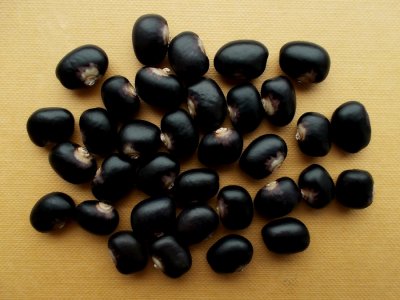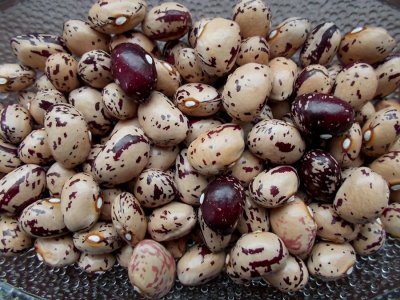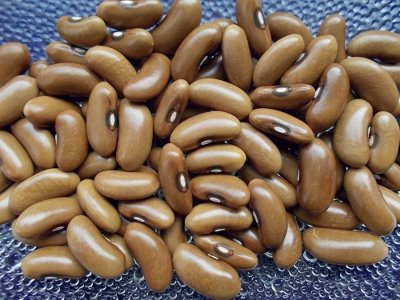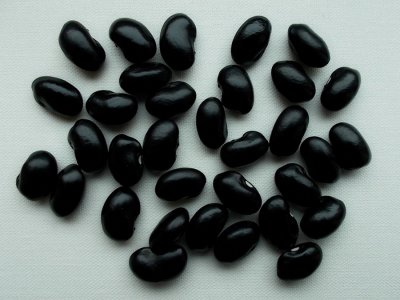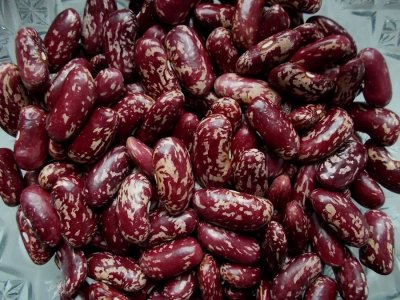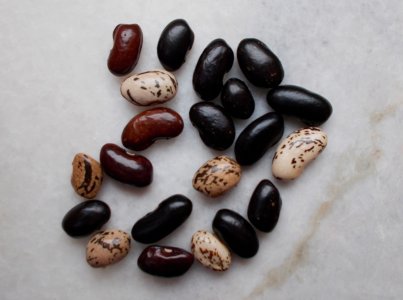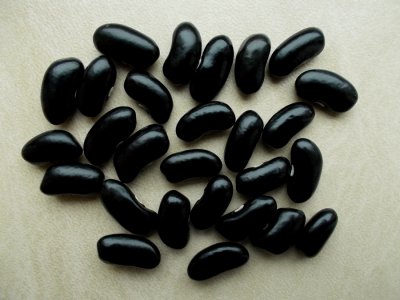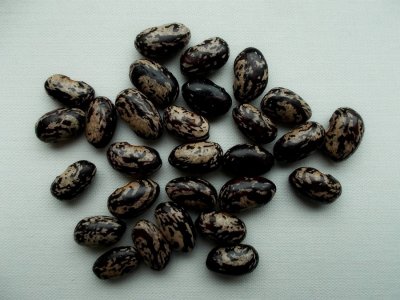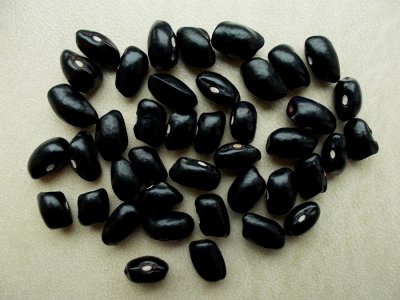VegBaby
Attractive To Bees
Hi guys, I've just joined this forum and thought I'd come over here on the bean thread to say hello and introduce myself. I've currently got a small garden at home. I'm most excited about growing some new dried climbing and bush beans. I found this forum when I found Russ' A Bean Collectors Window website. I'm so glad to have found people who are so passionate about beans!

